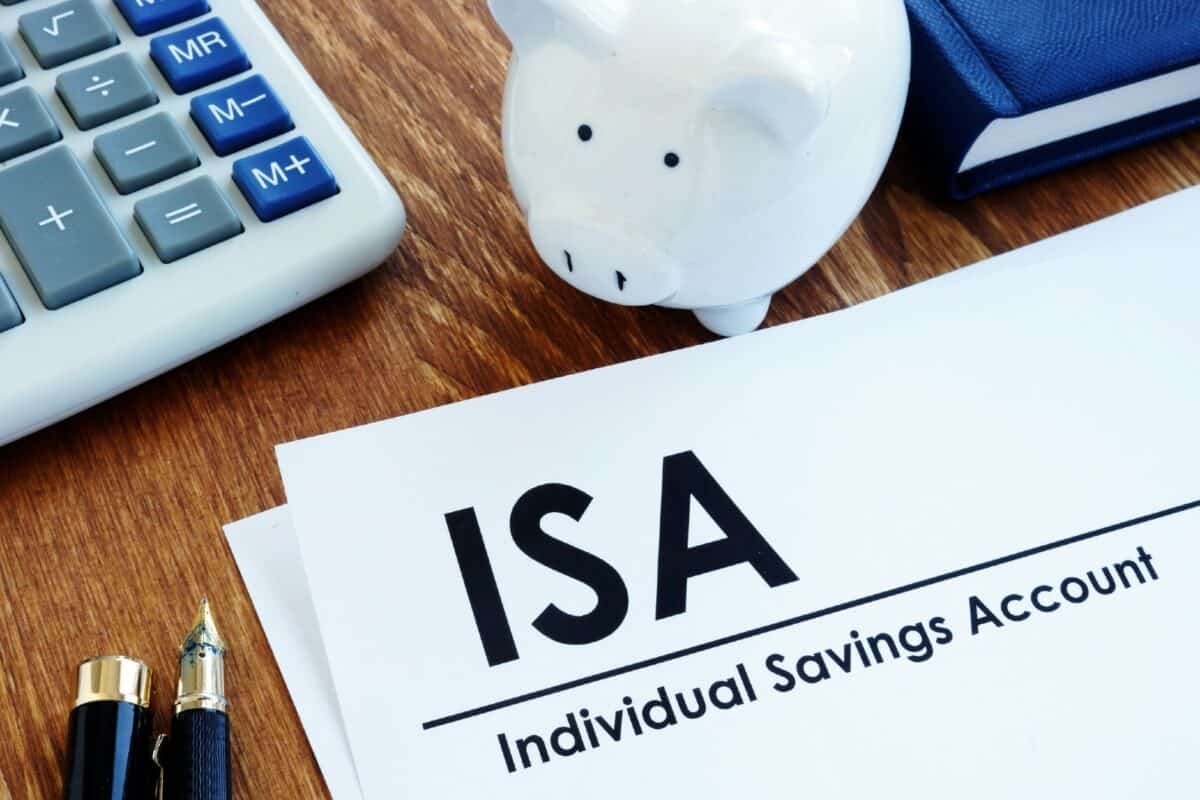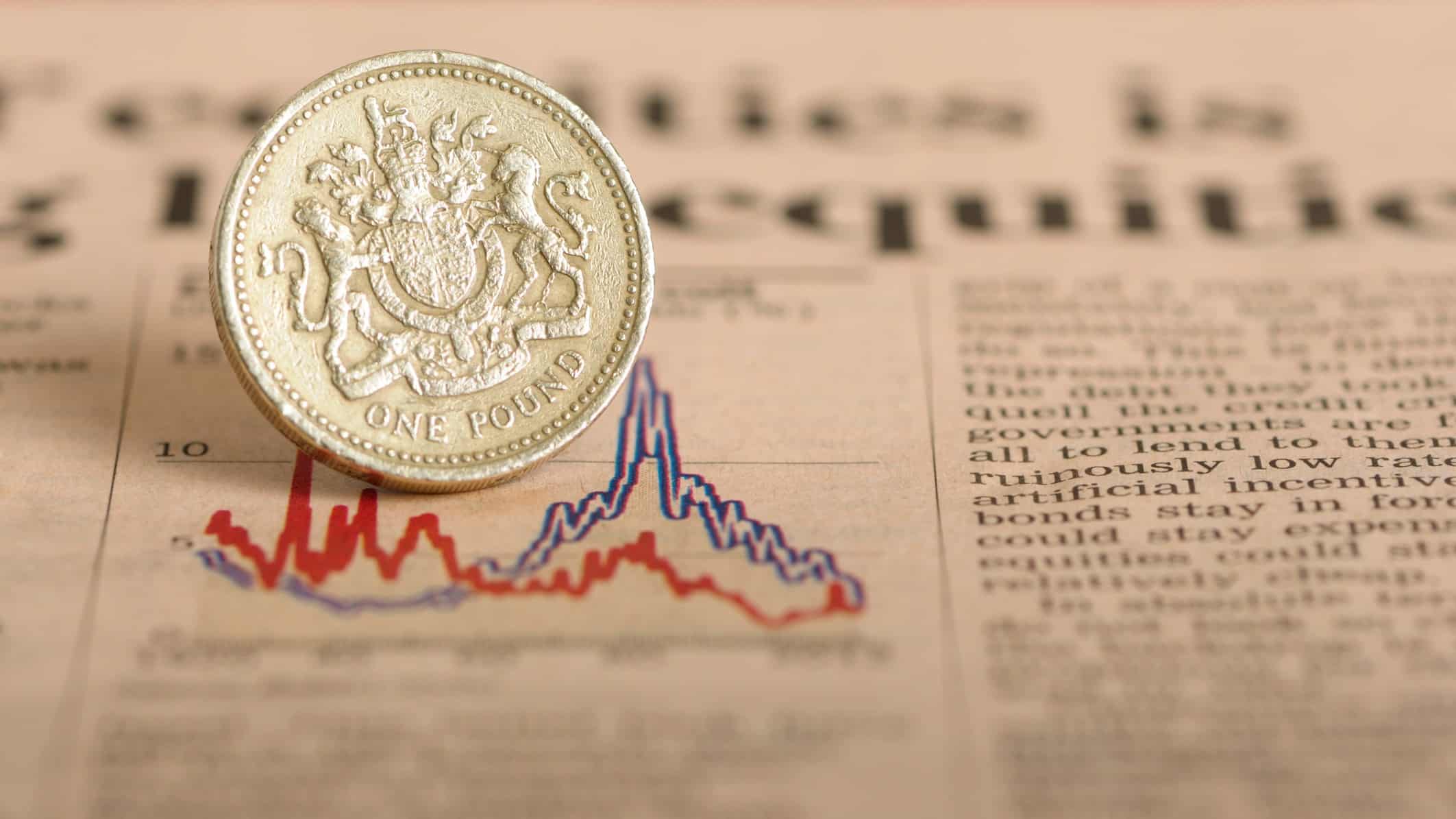Image source: Getty Images
There are different ways to earn a second income. One is to put spare money into blue-chip shares I think could pay me substantial dividends for years to come.
Understanding how dividends work
Dividends are basically one way a company can choose to spend some or all of its spare cash. Not all businesses pay dividends, even if they generate excess cash.
Of course, if a business does not make enough money over the long run then it will not pay dividends, even if has done so in the past. They are never guaranteed.
To illustrate the concept, consider a company like British American Tobacco (LSE: BATS). You may not have heard of the FTSE 100 firm but will probably have at least passing familiarity with some of the many premium brands it owns, such as Lucky Strike.
Making cigarettes is cheap and they can be sold at a high price – even more so for premium brands. So this is a highly cash generative business, something that has enabled British American Tobacco to raise the dividend per share it pays annually for decades.
Will that last? Cigarette sales are declining in many markets and boosting selling prices can only go so far to offset the profit hurt from lower volumes. Maybe the business’s non-cigarette products will take up the slack, benefiting from its strong brands and distribution network.
Building my portfolio
To try and earn second income, I would want to own more than one share. If the risks I mention come to pass, British American Tobacco’s dividend could be cut.
Another share I own is asset manager M&G. it has a strong brand, large customer base and operates in a market that benefits from resilient demand. That all ought to be good when it comes to generating surplus cash.
But stock market turbulence could lead clients to withdraw funds, hurting profits. As a believer in long-term investing though, I feel happy to hold M&G.
If I had spare cash to try and build a second income, I would also be happy to buy shares in Legal & General. It also benefits from a strong brand and is highly cash generative.
Could a recently announced reorganisation drive efficiencies and boost profits at the firm – or damage morale and lead to lower earnings? Either could happen. Time will tell.
Hundreds of pounds in monthly income
Those three shares have dividend yields of 9.6%, 9.6% and 8.4% respectively. So the average dividend yield is 9.2%.
That means that, for every £100 I invest, I will hopefully earn £9.20 each year in dividends, although I have to remember that this is not guaranteed and I could lose money as well as make it. That amount could fall if dividends are cut, though this trio have each grown their dividend annually in recent years.
To hit my second income target next year, I could invest a £77,000 lump sum now.
Alternatively, I could put in £50 a week and reinvest the dividends (known as compounding). Doing that, I would hopefully hit my second income target after 15 years.
Credit: Source link














